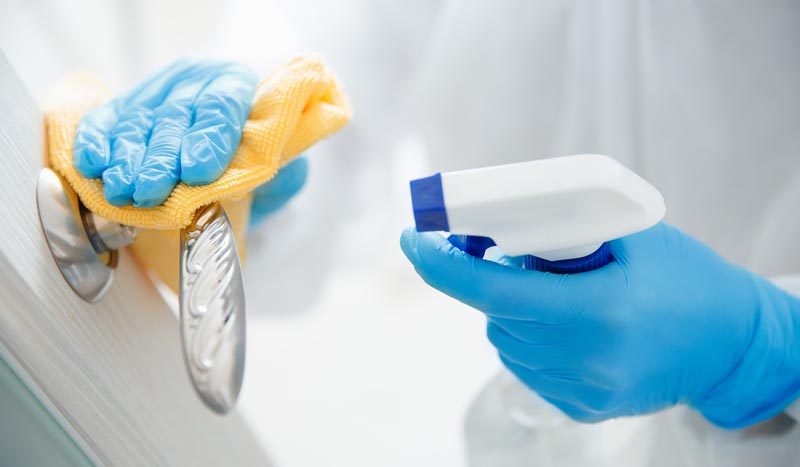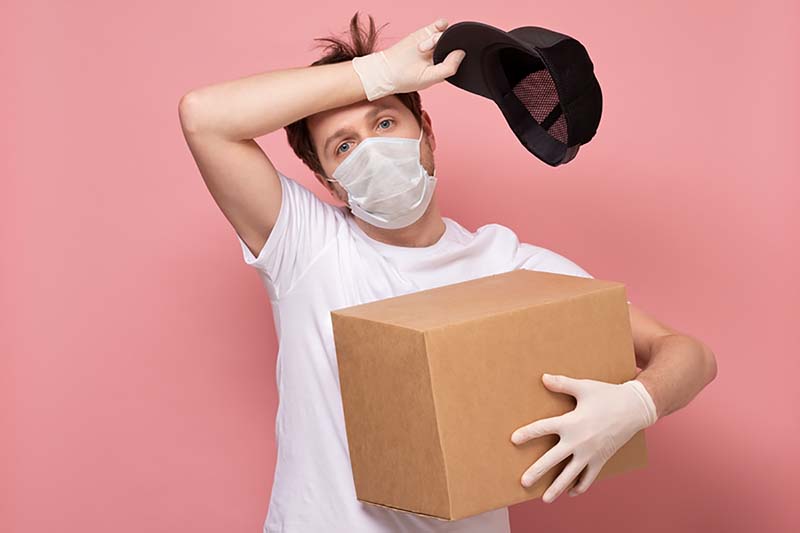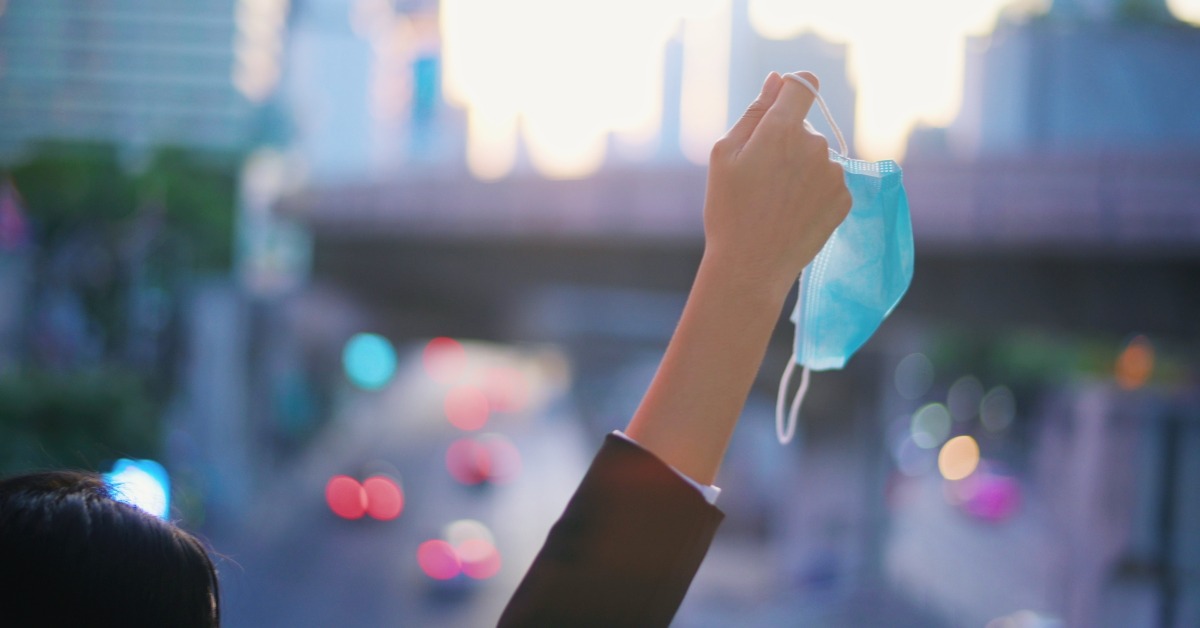Managing Face Covering Requirements and Overheating
Employers have had to scramble to comply with several new federal, state, and local health directives intended to help combat the spread of COVID-19....
5 min read
 Archbright Team Member
:
May 16, 2020 3:44:15 PM
Archbright Team Member
:
May 16, 2020 3:44:15 PM

As the Coronavirus Disease of 2019 (COVID-19) stay-at-home orders start to lift, and business restrictions begin to relax, you may be considering how to ramp up operations and bring employees back to work safely and within compliance. Employers have a responsibility to protect their employees from potential COVID-19 exposure in the workplace. No matter what type of business you run, one of your main concerns should be creating or strengthening your site’s housekeeping plan.
The Center for Disease Control (CDC) has declared that housekeeping is an essential part of an employer’s strategy to protect workers from COVID-19. Enforcement agencies like The Occupational Safety and Health Administration (OSHA), Oregon Occupational Safety and Health (Oregon OSHA), and Washington’s Labor & Industries (L&I) have also stated that they will investigate any complaints against employers who are not taking appropriate steps to protect their workforce. Luckily, these agencies have also provided some helpful guidance on good housekeeping practices. When it comes to developing your housekeeping strategy, you do not have to waste time and resources fumbling in the dark.
Before you consider the contents of your program, it’s essential to understand that regulatory agencies like L&I and OSHA differentiate between cleaning and sanitizing. A compliant and robust housekeeping strategy will incorporate both. The CDC recommends using both cleaning and sanitizing in succession to adequately prepare surfaces and equipment for employee use.
Cleaning means removing dirt and grime, such as with a broom, vacuum, or mop, or scrubbing with soap, water, and a rag. Cleaning not only smooths surfaces so that germs cannot readily hide on them but also removes germs from the surface.
Sanitizing means applying a disinfectant to kill germs. The germs remain on the surface but are dead. When sanitizing, it is important to use a chemical approved by the Environmental Protection Agency (EPA) for use against the virus that causes COVID-19, called SARS-CoV-2. A list of approved products are found here. Additionally, a mixture of water and regular household bleach can be effective. Mixing 1/3 cup bleach with 1 gallon of water creates a combination that can kill SARS-CoV-2. Be sure to consider contact times as well. Chemicals take time (anywhere from 30 seconds to several minutes) to kill viruses. These times are noted on the EPA’s list of effective disinfectants.
Now, let’s go over how to develop a compliant and robust housekeeping strategy.
The CDC recommends that businesses establish a cleaning and sanitation strategy to help them implement a successful COVID-19 housekeeping regimen. Employers should document their cleaning and sanitation strategy as part of their COVID-19 response plan, which is part of their required Infectious Diseased Preparedness and Response plan. This strategy should include:
You will also need to develop procedures to address a suspected or confirmed COVID-19 exposure in the workplace. Housekeeping methods for this situation will likely go above and beyond your routine practices.
Let’s go over each of the four plan elements in detail, paying close attention to the considerations you should make when developing them.
Another plan element you should develop is what to do in case of a suspected or confirmed COVID-19 exposure in the workplace. For example, if a worker is sent home sick with a fever and cough or notifies the workplace that they have COVID-19, you should have a plan to perform additional deep cleaning. Take the following steps:
Running a business during a global pandemic is unchartered territory for most employers. There is a lot to stay on top of with new information about COVID-19 emerging every week. Developing a strong housekeeping plan should be just one part of your business’ overall strategy to navigate operations during COVID-19. If you need more guidance on anything from providing your workforce with appropriate personal protective equipment, implementing physical distancing practices, or even developing an Infectious Disease Preparedness and Response Plan, please reach out to the Archbright team at info@archbright.com.

Employers have had to scramble to comply with several new federal, state, and local health directives intended to help combat the spread of COVID-19....

On March 12, 2022, Washington, Oregon, and California joined other states across the country by lifting mandates that required the use of masks in...

Amid the COVID-19 pandemic, many employers face difficult decisions regarding business operations. Decreased product demand, staff shortages, and...